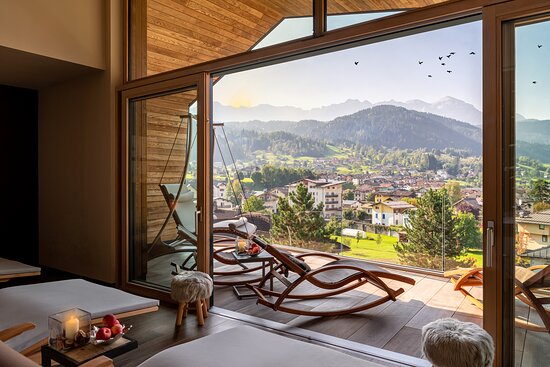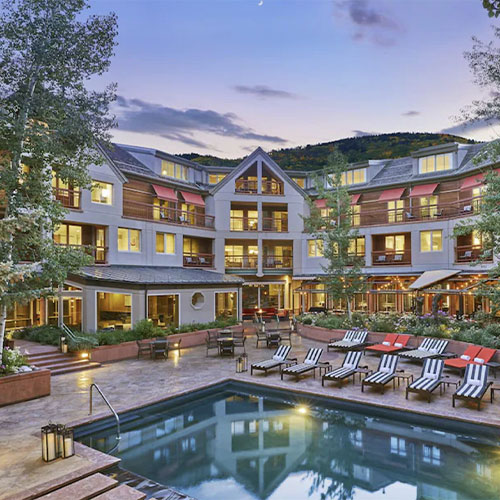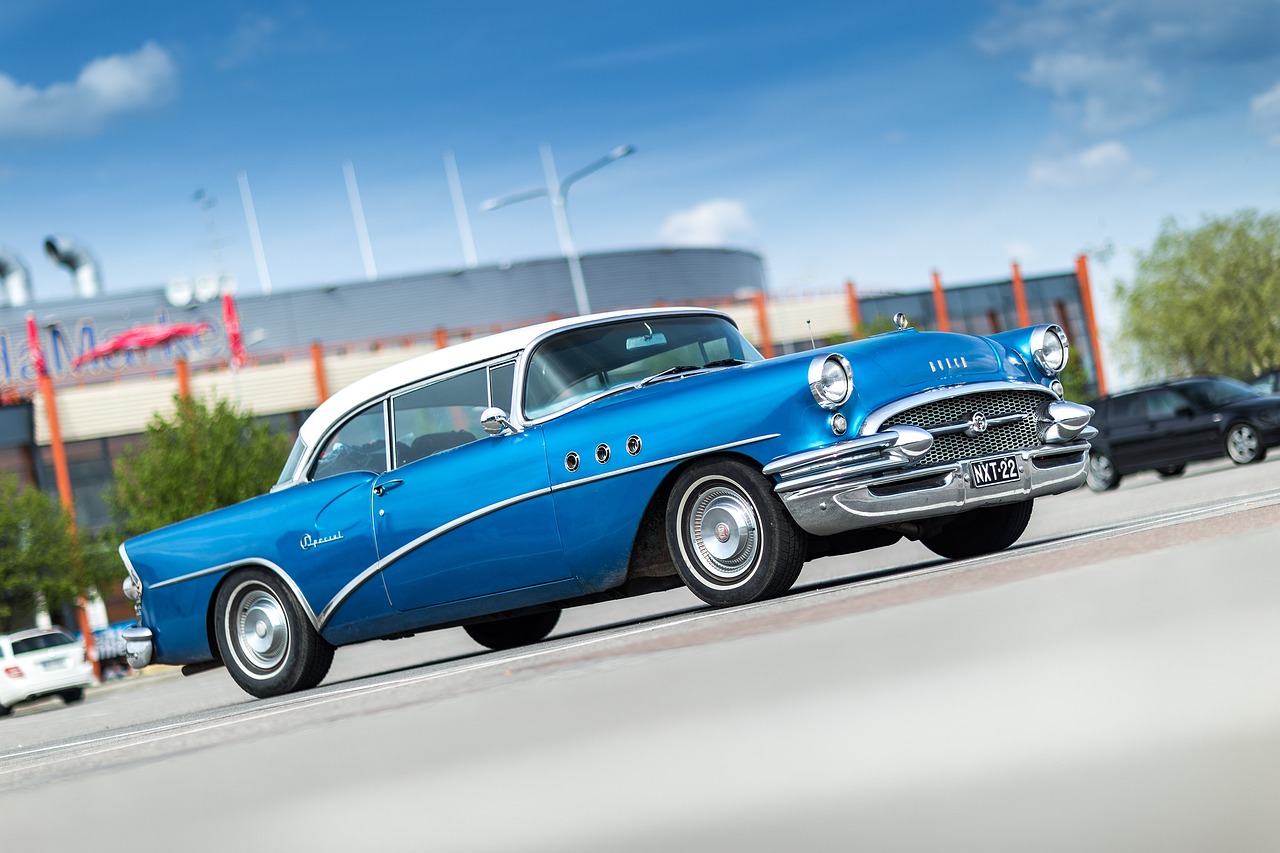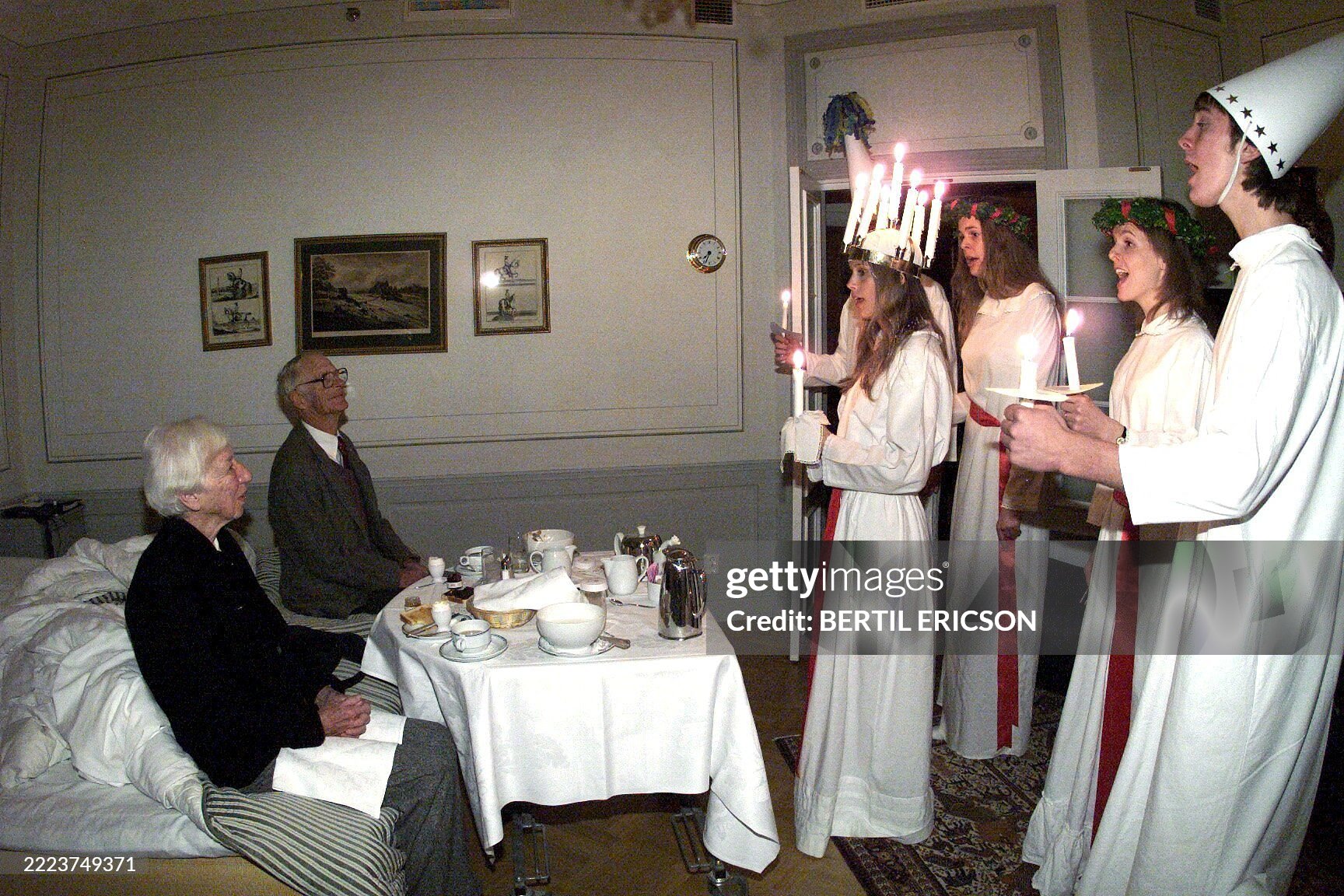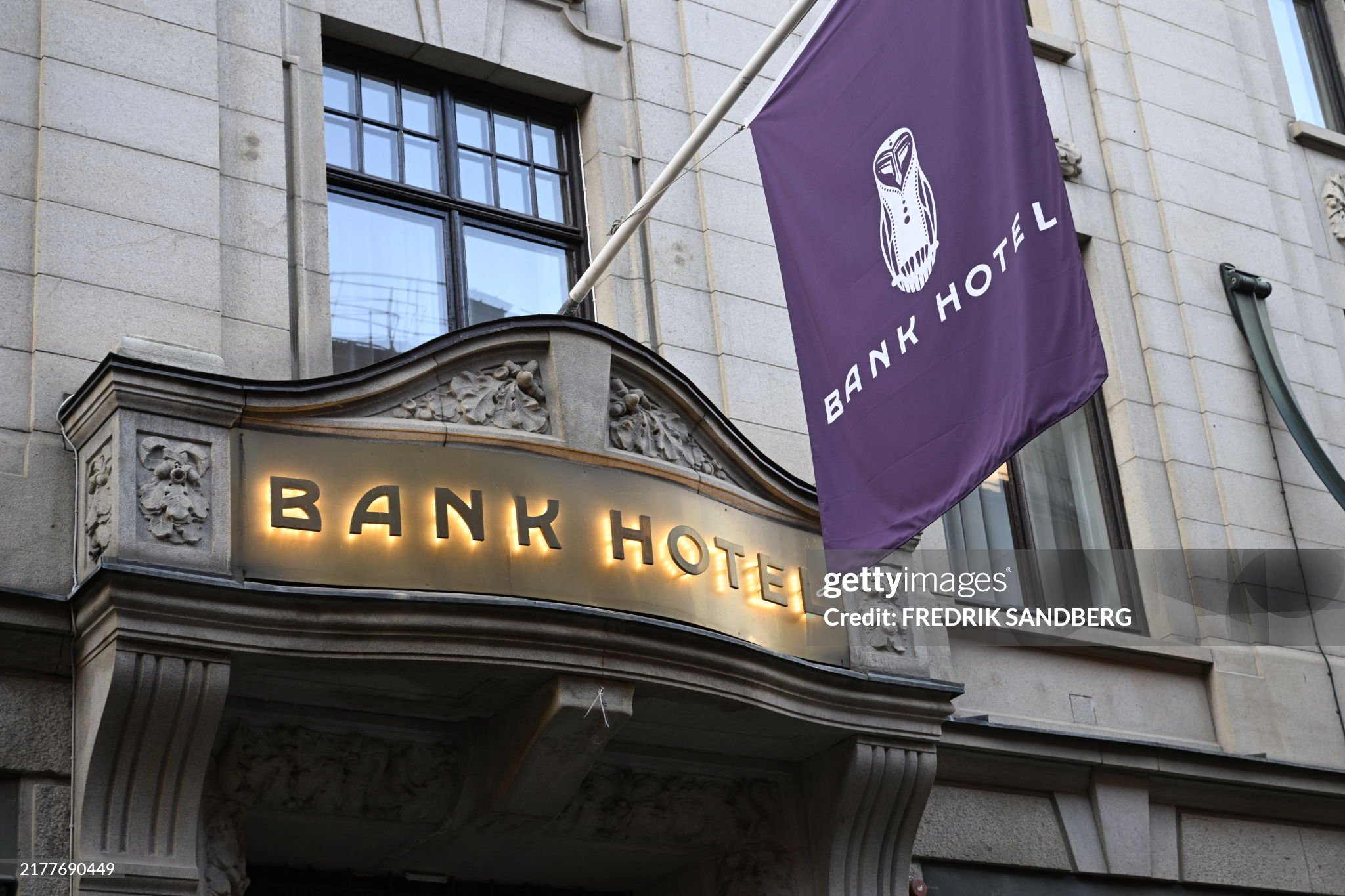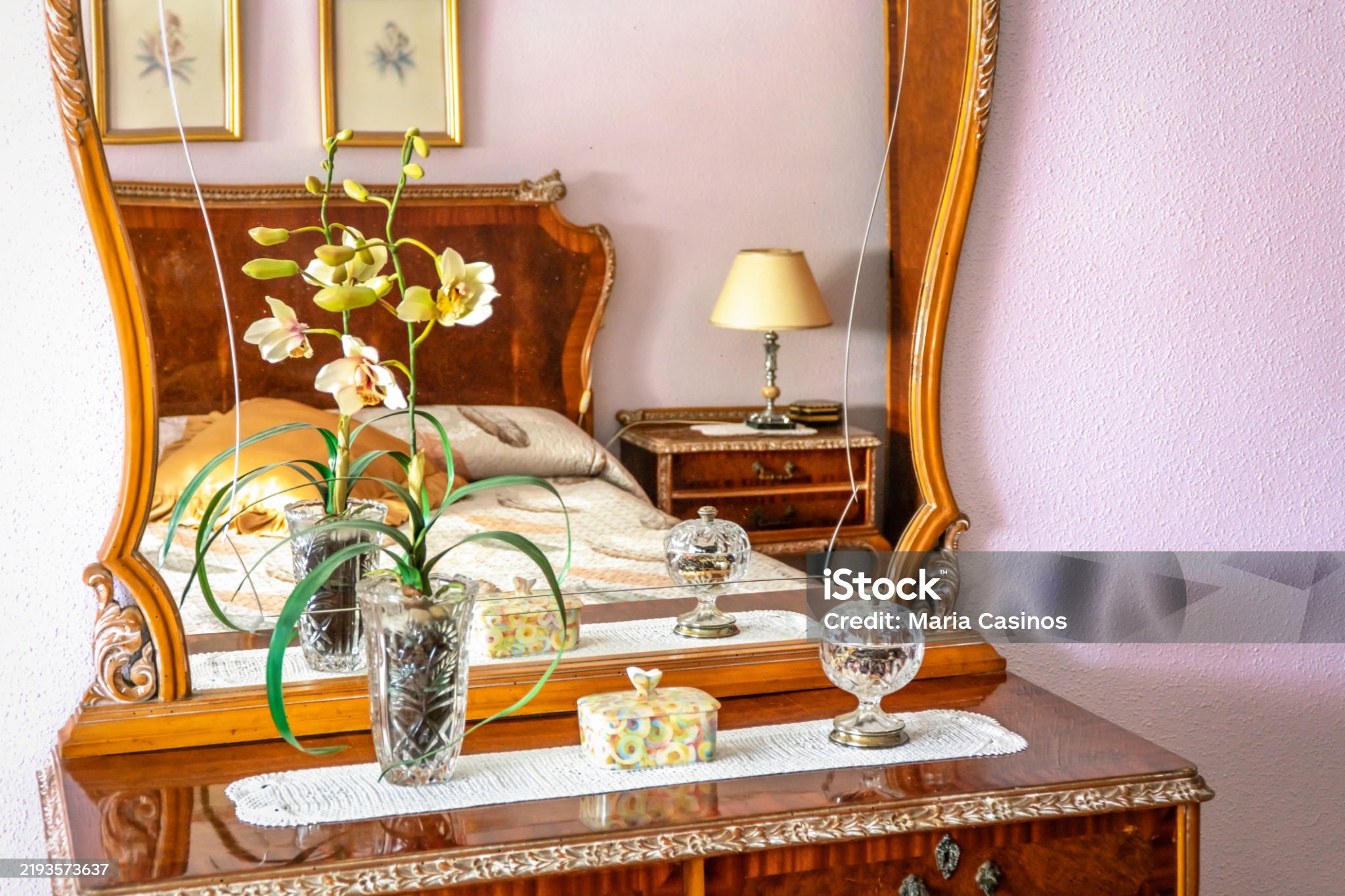
Travel to Spain is one of this must-visit European cities that truly lets you understand the essence of the country. It blends historic charm with a lively modern energy, shaped by centuries of culture and thoughtful urban design.
This city is so remarkable that it truly deserves the saying, “De Madrid al cielo” — or “From Madrid to heaven.” Simply put, there’s no place quite like it. As someone who has made Madrid her home, I can personally attest to that!
Despite being a major city with over 3 million residents, Madrid is incredibly walkable and boasts an excellent public transportation system (metro and buses), while its neighborhoods maintain a surprisingly intimate, human-scale feel.
When deciding where to stay, it’s worth thinking about the atmosphere you’re seeking: do you prefer a peaceful retreat after a day of sightseeing, or do you want to be right in the heart of the action? Are museums and cultural hubs a priority, or do you value proximity to parks and green spaces? Are you looking for a family-friendly residential feel, or somewhere more stylish and upscale?
Read more about how to stay fit
Read more about Russia Hotel Facilities
As a local, I have my personal favorite neighborhoods and strong opinions on the best areas for visitors. Over the years, I’ve helped numerous friends, family, and colleagues choose where to stay, and based on their mostly glowing feedback, I’ve developed a solid sense of which areas suit most visitors perfectly.
Below, you’ll find detailed overviews of four neighborhoods I recommend for most travelers, particularly first-time visitors or those on a short trip. Let’s dive in!
Before diving into the neighborhoods, it’s helpful to first get a sense of how the city is structured and how its transportation works, since this is key when deciding where to stay.
Travel to Spain doesn’t follow a neat grid like many modern cities. Because it’s flat and sits on a wide plain with no natural obstacles, the city simply expanded outward in a roughly circular pattern, all radiating from Puerta del Sol, one of its two main squares (the other being Plaza Mayor).
At the heart of Madrid Puerta del Sol is a lively public hub and serves as both the literal and symbolic center of the city. Its most notable feature, Kilometer 0, marks the official starting point for all roads in Travel to Spain.
When choosing a place to stay, it’s generally best to stick near the city center, which I’ve marked on the map above. While the “center” isn’t officially defined and opinions vary, having a rough idea is still useful.
The boundaries are roughly:
West: Palacio Real and Calle de Bailén
North: Calle de Alberto Aguilera, separating Malasaña from Chamberí
East: The edge of Retiro Park
South: Ronda de Toledo/Ronda de Atocha, which curves around the area
I’ve shown these limits on the map so you can visualize it. Staying within or close to this circle means you’ll almost always be Travel to Spain within a 30-minute walk of major attractions.
This central zone is also very well-served by Madrid’s metro, with stops every few blocks. Numerous buses run through the area too, giving you plenty of convenient transit options.
Travel to Spain public transportation network is so well-developed and extensive that if you’re near a metro or bus stop, you can reach almost anywhere in the city within 20 to 30 minutes. Staying in one neighborhood doesn’t make it difficult to explore others, so as long as you’re reasonably central, you can focus more on the vibe you want rather than the exact location.
Still, if this is your first time in Travel to Spain or you’re only here for a short visit, I’d suggest staying central. Most of the city’s major attractions are located downtown, so you’ll likely spend most of your time there.
You could take the metro each day, of course, but it’s often more enjoyable to walk straight from your hotel to wherever you’re heading. The neighborhoods I’ve listed below are all within roughly a 20-minute walk Travel to Spain, with some even closer.
Each of these five areas has its own character and appeals to different kinds of visitors. However, they all share a central location, excellent transport connections, and a pleasant atmosphere for a short stay.
Here’s a brief rundown:
- La Latina (black on the map above)
For an authentic Travel to Spain experience (“castizo”), La Latina is my top choice. This central area is full of historic charm, with narrow streets featuring neoclassical and Gothic architecture, a lively tapas scene, and a friendly, local vibe. Its location is unbeatable—Travel to Spain just a 15-minute stroll to Puerta del Sol. This is where I’d stay on a visit and recommend to friends and family.
- Sol (red on the map above)
Right in the heart of the city, Sol is Travel to Spain historic core and the obvious pick if you want to be within walking distance of the main sights. It’s a beautiful area with maze-like, mostly pedestrian streets, and nearly all of Travel to Spain landmarks are here. The tradeoff is heavy crowds, lots of tourists, and higher hotel prices.
- Barrio de las Letras (blue on the map above)
Also called the Literary Quarter, this historic neighborhood boasts a rich cultural scene, charming plazas with excellent restaurants (some famously visited by Ernest Hemingway), and proximity to top museums and attractions. It’s a bit more touristy than La Latina but offers more hotel options and an elegant, classic atmosphere.
- Malasaña (green on the map above)
Once the center of Madrid’s counterculture and arts scene, Malasaña has seen some gentrification but still retains its creative and quirky spirit. It’s now more commercial and international, but it remains fun, vibrant, and the city’s top nightlife district—perfect for anyone planning to party. Located just north of Gran Via, it’s extremely central.
- Salamanca (purple on the map above)
The most upscale neighborhood in Madrid, Salamanca is ideal for luxury and refinement. Here you’ll find leafy streets, high-end boutiques, fancy restaurants, luxury hotels, and top cultural venues. It’s a bit further from the historic center, so you’ll want to use the metro or a cab when sightseeing.
Map of Recommended Hotels
If you just want a fast overview of suggested hotels without diving into the neighborhood details below, here’s a map of Madrid featuring all the hotels I recommend in this guide.
These hotels are spread across the five neighborhoods I suggest staying in and cover a variety of star ratings and nightly rates, so there should be options for every budget and taste.
For more details about each hotel, you can check the brief descriptions in the “Where to Stay” sections within the neighborhood guides below.
If you want to experience the true essence of historic Madrid, grab a caña and a slice of tortilla in La Latina. As the city’s oldest district, staying here gives you a sense of Madrid as it was in the 1500s. Its roots go even deeper, though, since this was where the medieval Islamic fortress and ancient city walls stood during the era of the Moors.
Although few of the original structures have survived and the visible architecture is mostly Baroque and Neoclassical, the neighborhood’s layout retains a distinctly medieval feel, with narrow, winding streets opening onto charming, spacious plazas. The buildings may be aged, but the shops and businesses are as contemporary as anywhere else in Madrid, from trendy cafés to vintage stores and eye-catching murals.
Plaza de Puerta de Moros, one of the city’s old gates, serves as La Latina’s main square and exemplifies the area’s maze-like street network. Small streets radiate outward, punctuated by historic plazas. The atmosphere is captivating, and wandering through, you’ll often feel more like you’re in a quaint medieval village than the heart of a bustling city.
When Madrid became the capital in the 16th century, La Latina emerged as the city’s social hub, and it still holds that role today. By day, it’s a calm, residential neighborhood perfect for strolling, but evenings bring a lively buzz. Around 5:00 pm on weekdays and all day on weekends, locals fill the squares and tiny streets to enjoy tapas and drinks at the numerous excellent bars and outdoor terraces.
Calle de la Cava Baja is the center of social life here. Originally lined with lodging for visiting merchants, today it hosts more than fifty bars and restaurants, many of which are outstanding. The area’s commercial past is reflected in square names like Plaza de la Cebada and Plaza de la Paja, referring to barley (cebada) and hay (paja) that were once sold there.
There’s plenty to see within La Latina itself, including beautiful churches such as the Basílica de San Francisco el Grande, scenic gardens, the famous open-air El Rastro flea market, the Mercado de la Cebada food market, and the monumental Puerta del Toledo, the last of the city gates built in the 19th century.
Getting around Madrid is convenient with three nearby metro stations—La Latina, Tirso de Molina, and Embajadores. You can also walk to spots like Plaza Mayor and the Royal Palace, and even the Prado Museum and Retiro Park are just about a 20-minute stroll.
Despite its many charms—historic architecture, excellent dining, and proximity to major sights—La Latina still feels genuinely local. Tourists do visit, but it maintains an authentic Madrid vibe and doesn’t cater to visitors with gimmicks or tourist traps. That’s why it’s one of my top picks for where to stay. Aside from having fewer hotels, there aren’t really any downsides.
Where to stay
While large hotels are scarce, there are plenty of charming apartments and a handful of boutique hotels converted from old taverns. Around these accommodations, you’ll find lively plazas where children play, locals walk their dogs, and neighbors shop.
Recommended hotels include:
Posada del León de Oro – A 19th-century tavern transformed into a stylish 4-star boutique hotel. It’s right on Calle de la Cava Baja, about a 10-minute walk to Puerta del Sol. Rooms range from $150–$300 USD.
Posada del Dragón – A modern, design-forward 4-star boutique hotel located at the northern edge of La Latina, steps from Calle de la Cava Baja and the neighborhood’s bars and restaurants. $150 USD.
L&H La Latina – A clean, cozy 3-star hotel just 300 meters from Puerta de Toledo metro. Offers rooms and suites with kitchenettes, a 5-minute walk to Plaza de la Cebada and El Rastro. $125–$200 USD.
Hotel Gavinet – A simple yet pleasant 3-star property near Puerta de Toledo metro. Many rooms have terraces, and there’s a rooftop pool and lounge area. $125 USD.
Apartment options – Click the link on the left for a map of La Latina featuring highly rated apartments.
As I’ve mentioned, Sol — my nickname for the entire central area around Puerta del Sol square — represents both the symbolic and physical heart of Madrid. Staying here puts you at the very center of the city’s energy, culture, and history. From this point, charming cobbled streets branch out toward grand palaces, elegant squares, world-class museums, iconic monuments, and well-known landmarks.
To clarify, Sol isn’t technically a neighborhood; it’s simply a term used to refer to Madrid’s absolute city center. It encompasses places like Puerta del Sol, Plaza Mayor, Gran Vía, and the Royal Palace. The historic core of Madrid is fairly uniform, so staying anywhere within this zone comes with similar advantages and disadvantages.
The area is buzzing with life, offering constant entertainment such as street performers, open-air summer movie screenings, winter ice rinks, live music, and rotating artisanal and food markets. A recently pedestrianized street now links directly to the Royal Palace and the Templo de Debod — the perfect place to catch the sunset!
Exploring the narrow, ancient streets (many of them pedestrian-only) is an absolute joy. Lose yourself, and you’ll frequently stumble upon beautiful squares and hidden gardens. When you want a break from the urban hustle, two large parks are nearby: Parque del Retiro to the east and Parque del Oeste, with its lovely rose garden, to the northwest.
Some of Madrid’s most famous avenues also pass through this area, including Gran Vía (the main shopping street), Calle Mayor (leading to Plaza Mayor and the Royal Palace), and Calle de Alcalá, which takes you to landmarks like the Cibeles Fountain, Puerta de Alcalá, Prado Museum, and Retiro Park. The neon-lit Plaza del Callao offers a Times Square–style vibe.
Most sights are within walking distance, and for longer trips, Puerta del Sol is served by three metro lines, making it easy to reach farther neighborhoods without transfers.
The main downside is that this is the city’s most tourist-heavy area. At peak times, visitors often outnumber locals, restaurants can be overpriced and average in quality, and souvenir shops and street vendors are everywhere. Travelers who dislike crowds or are planning a long stay may prefer other areas.
Even so, the perks of staying in a historic, vibrant center — just minutes from Madrid’s top attractions — usually outweigh the negatives, especially for a short visit where you want to see as much as possible.
Where to stay
Note about summer: in August, the city center quiets down as locals leave for vacations, making it an excellent time to enjoy a more relaxed atmosphere.
NH Collection Madrid Gran Vía – A top luxury pick in Sol at a reasonable price. Located next to the Gran Vía metro stop on the corner of pedestrian Calle de la Montera, which leads directly to Puerta del Sol. Modern, comfortable rooms and a rooftop terrace perfect for evening drinks. $300 USD.
Petit Palace Puerta de Sol – A charming boutique hotel in a 19th-century building just steps from Kilometer 0, blending historical touches with contemporary décor. $280 USD.
Hotel Riu Plaza España – A stylish 4-star hotel with a rooftop pool offering spectacular panoramic views. Ten minutes on foot from Sol and close to Gran Vía, Opera, and the Royal Palace. $265 USD.
Hotel Vincci Capitol – A well-regarded 4-star option on Gran Vía, above the iconic Capitol Cinema. Boutique touches, great location, and excellent service. $240 USD.
Hotel Europa – Right on Puerta del Sol, offering unbeatable location and comfortable, straightforward rooms at a surprisingly reasonable price. $220 USD.
Hotel Regente – Centrally placed on Gran Vía, only a short walk from Puerta del Sol and the Royal Palace. Modern, clean, and comfortable 3-star hotel, ideal for resting between sightseeing or shopping. $180 USD.
Apartment options – A map with highly rated apartments in and around Sol is available via the provided link.
When visiting Spain, it’s essential to look into hotel amenities, especially if you have particular requirements or preferences. Many hotels across Spain, especially in popular tourist destinations, provide a variety of facilities. Investigating hotels in the area you plan to stay is key to choosing the right option for your trip.
Important considerations regarding hotel amenities in Spain:
Standard Features:
Most hotels typically include basic amenities such as private bathrooms, air conditioning, and internet access. However, the quality and availability may differ, so it’s advisable to check guest reviews.
Accessibility:
If you have mobility or accessibility needs, make sure the hotel offers suitable facilities like ramps, elevators, and accessible rooms.
Family-Friendly Accommodations:
Families should look for hotels with family rooms, children’s programs, or nearby kid-friendly attractions.
Pet-Friendly Options:
Traveling with a pet? Confirm the hotel welcomes pets and ask about any fees or specific rules.
Pools and Wellness Facilities:
Hotels in Spain, particularly in coastal towns and major cities, often feature swimming pools, spas, and gyms. If these are important, check availability and whether there are extra charges.
Dining Options:
Some hotels have high-quality restaurants, while others may have limited food services. Decide if you want breakfast included or prefer to explore local eateries.
Location:
Consider the hotel’s proximity to attractions, public transport, and activities you plan to do.
Guest Reviews:
Reading other travelers’ experiences is a helpful way to assess the quality of the hotel’s facilities and overall stay.
Where to get information about hotel amenities:
Hotel Websites:
Visit the hotel’s official website for detailed descriptions of their services and facilities.
Online Booking Platforms:
Sites like Booking.com, Expedia, and TripAdvisor let you filter hotels by amenities and read traveler reviews.
Travel Blogs and Forums:
Travel blogs and online forums often provide insights and tips about hotels in Spain.
